No Fixed Abode: Grandma GT-R

Well, I hate to say I told you so, but I told you so, didn’t I? Eight years ago, when the R35 GT-R arrived on our shores, it was widely claimed and believed that Nissan would sell 5,000 GT-Rs a year in this country and that the GT-R would cast an effective halo on the company’s relatively unexceptional product line. As to the first prediction: they didn’t close. You would need to combine four of the GT-R’s best-selling years to break the five-thou mark.
With that said, I was wrong about the GT-R’s lack of appeal as a driver’s car. It just kept getting better and better as it aged and the focus shifted from raw numbers to driving enjoyment. The Track Edition was legit, but the release of the GT-R Nismo, which I drove as part of R&T‘s 2015 Performance Car Of The Year, was the final nail in the coffin of my personal R35 disdain. This was, finally, a big Nissan that I could truly love. The only problem was that it cost as much as a Viper ACR, which goes faster and feels more analog and truly satisfies at every non-cupholder-related level.
There’s a new mid-size Infiniti on the streets now. It’s been here for a few years, actually; we’re just now seeing the facelift and the new turbo engine and all that jazz. So we are long past time for an R36 GT-R, one that combines everything Nissan’s learned about making the Dove-Beauty-advertisement-sized R35 handle and all of the current thinking about right-sized, lightweight construction.
Well, Nissan’s announcement at NYIAS put an end to that speculation. Instead, we have Grandma GT-R.
The comparison to “Abuela Clinton” is deliberate here. In both cases, we have a product — the R35 and President Mrs. Clinton, respectively — that was designed for a 2008 debut but must now face the 2017 model year more or less as it existed in the previous decade. Sure, we’ve had a bit of a facelift and we’re focusing as much attention on the five percent that we’ve changed instead of the ninety-five percent that remains the same, but in both cases I see significant signs of shelf wear.
There’s also a sense of unfulfilled destiny about both. Mrs. Clinton was intended to be the 2008 President until a fellow with very little job experience but a unique set of media-friendly credentials canceled her party and left her in the dust. The GT-R was supposed to reshape our ideas about what a performance car could be, taking the successful Evo/STi formula and super-sizing it, but the rest of the market didn’t pay any attention. The supercars that are getting people excited right now are anti-Godzillas like the Porsche GT3 and 911R, the Corvette Z06, and the rear-wheel-drive Huracan, cars that hide their computerized hearts instead of baring them for the world to see. McLaren will sell you a car with more power than a GT-R and nearly a half-ton less weight, as will Chevrolet and Ferrari.
The 911 Turbo that was supposed to be the GT-R’s natural enemy? It’s been shunted into obscurity by the fan-favorite GT3, doomed to crawl down A1A or Melrose with a greasy-faced arriviste at the wheel until it reaches the discount-supercar brokers in La Jolla. The R35 template of all-wheel drive, twin-turbo six, and all-conquering differentials has been copied by precisely no one.
It doesn’t help that the GT-R once cost less than a loaded C6 Z06 but now costs significantly more than the successor of that car. The minute the MSRP of the base U.S.-market car climbed above $100,000, you could hear the sucking sound as all the interest disappeared from Nissan showrooms. Why pay that kind of money for a car that gets no “house on the boulevard” and has to put its right turn signal on when a Z06 pulls up next to it? Why drop a hundred-plus stacks on a car that looks identical to an ragged-out ’08 model?
There isn’t a single major supercar or sports car on the market that hasn’t been completely revamped since late 2007. Porsche’s had one major model change and three different engine programs for the 911 since then. The Gallardo gave way to the Huracan. My God, the Ferrari F430 was still on the market back then. Even Lotus has updated its lineup. How much longer does Nissan think people will buy a fundamentally unchanged GT-R from the G.W. Bush era? The only way to get anything that feels this old is to … wait for it … buy a 370Z.
Which brings us to the fundamental issue with the mighty GT-R; for Nissan, sports cars are a hobby to be put down and picked back up as the corporate whims dictate. To paraphrase a thousand rap songs, they’re just tourists in the supercar game but Porsche, GM Performance, and Ferrari were born to the life. You can’t compete effectively with Porsche by building a new car every fifteen years. Not even back when Porsche was building a new car every thirty years.
Furthermore, how brightly does the halo of an ancient Grandma GT-R shine in a dealership that makes its living selling the Rogue and Versa? The car should have been given to Infiniti from the start, and should have called it a Skyline GT-R so the regular Q-whatever could be the Infiniti Skyline. But what do I know? I’m just the guy who predicted all of this eight years ago. None of this means that I’m not excited to drive the newest GT-R. They’re good cars and they go fast around racetracks and they make fun noises. But I’m not necessarily excited about buying one, and unless Nissan can find a bunch of people who feel differently on short notice, the next Skyline GT-R will have to be content with being big in Japan.

More by Jack Baruth
Latest Car Reviews
Read moreLatest Product Reviews
Read moreRecent Comments
- Lou_BC Well, I'd be impressed if this was in a ZR2. LOL
- Lou_BC This is my shocked face 😲 Hope formatting doesn't fook this up LOL
- Lou_BC Junior? Would that be a Beta Romeo?
- Lou_BC Gotta fix that formatting problem. What a pile of bullsh!t. Are longer posts costing TTAC money? FOOK
- Lou_BC 1.Honda: 6,334,825 vehicles potentially affected2.Ford: 6,152,6143.Kia America: 3,110,4474.Chrysler: 2,732,3985.General Motors: 2,021,0336.Nissan North America: 1,804,4437.Mercedes-Benz USA: 478,1738.Volkswagen Group of America: 453,7639.BMW of North America: 340,24910.Daimler Trucks North America: 261,959


















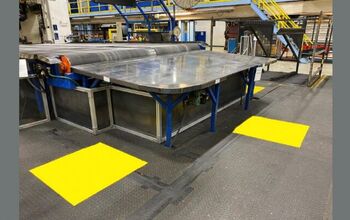

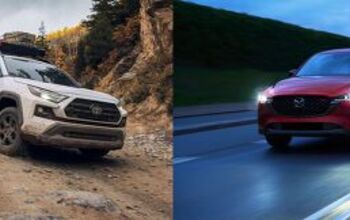
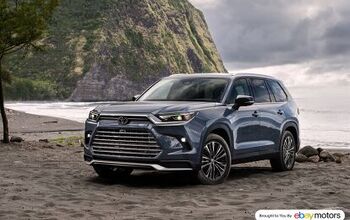
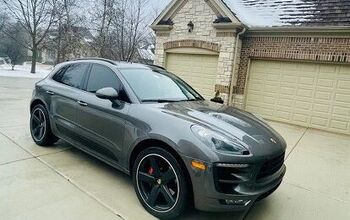

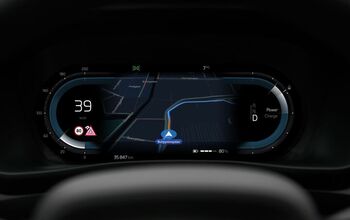

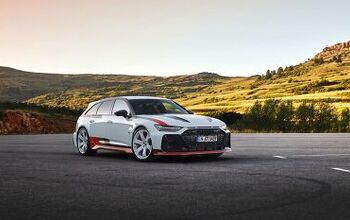



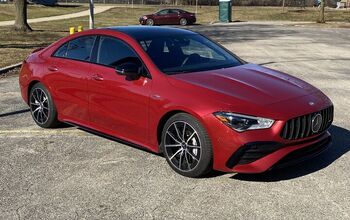
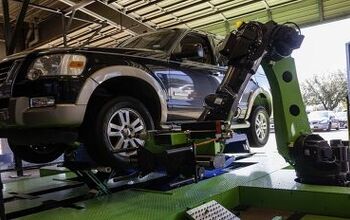


Comments
Join the conversation
To play counterpoint to the author's contention, Nissan's GT-R - computerized, fat, old, and corporate - is still fast as or faster in real world than anything else stock this side of a million bucks. Why fix what is not broken?
Previous generations had nice, clean and simple classic 2-door design , this new one is a different, more muscular(“bulky”) approach – it’s got “interesting” side and rear view, but “the face” of this car is rather blunt and lacks personality .. Yeah, this car needs replacement, not refreshment .. ... Nissan is the only one japaneese automaker that still tries sth in "sporty-car department" ... They would need new Godzilla, new Zet(370) model .. and maybe that sweet-little IDx concept(turned into reality) .. and than a little bit of NISMO-marketing noise .. and their cars would be loved and bought (.. > heritage not required .. >)